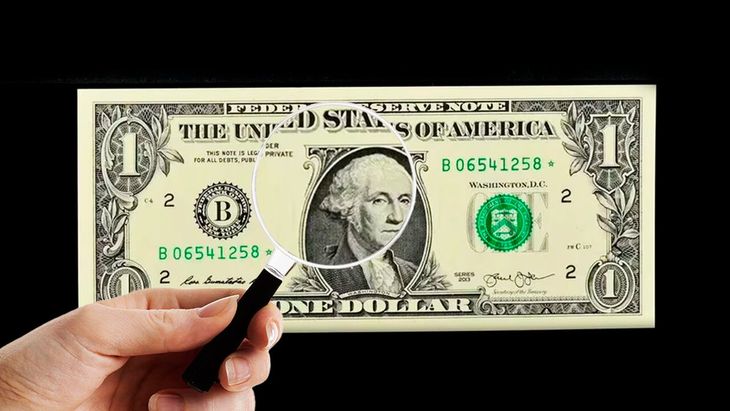In addition to the well-known security measures for verifying dollars, there are other marks that can be seen to prevent counterfeiting.
The Federal Reserve Note IdentifiersIn addition to serving to verify a copy, they provide data about it. This data may include the date of approval of the design, issue date, agencies in charge of the process prior to circulation and printing order, among others.
The content you want to access is exclusive for subscribers.
The main ones include the Serial Number, Letter and Position Number of the Note, Obverse and Reverse Plate Number, Treasury Seal and Year of the Series. Details are given below.


EZI5CL5XGBEYRFR2KGR7BZHFIY.jpg

Federal Reserve Indicators on the US Dollar.
These are the Federal Reserve indicators that appear on all dollars
First appears the Serial Number which is a unique combination of 11 numbers and letters that appear twice on the front of the banknote. The first letter corresponds to the year of issue. Secondly, there are the Federal Reserve indicators. Each note has a letter and number designation corresponding to one of the 12 banks authorized by the Federal Reserve to issue the note. The letter of the indicator matches the second letter of the serial number of the note.
Then, we can appreciate the license plate number on the obverse and reverse sides, which identify the printing plates used to print each side of the note. Notes printed by the Federal Reserve in Fort Worth, Texas, at the Bureau of Engraving and Printing facilities, also bear a small mark, “FW,” on the obverse of the plate number.
The Seal of the Treasure It is a mark that appears to the right of the portrait on the front of the dollar. It has the number of the nominal value of the bill and the logo of the United States Department of the Treasury written on it in letters.
The last indicator is the Year of the Series which indicates either the year in which the Secretary of the Treasury approved a new design, or the year in which the signature of a new Secretary or Treasurer was incorporated into the design.
Source: Ambito




